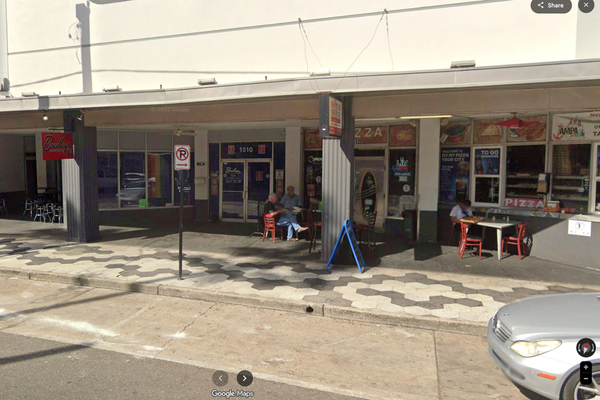
The Reserve Bank continues to signal it wants to kill inflation and yet what exactly still needs to be put to the sword? With falling house prices, will further rate rises now do more harm than good?
The cash rate is now at 2.85% and in the past seven months the Reserve Bank has raised the cash rate as fast as it has any time since it gained independence in the early 1990s and the inflation rate target regime began:
If the graph does not display click here
Right now, the market expects the cash rate to top out at about 3.9%, which suggest a heck of a lot more pain to come. But is it needed?
For the moment, the RBA is talking big about more rates to come. The line from the governor of the Reserve Bank in a speech on Tuesday night was “the board is resolute in its determination to return inflation to the 2 to 3% target range. We will do what is necessary to achieve that”.
However the governor also noted that while he expected inflation to rise to about 8%, it was then “expected to decline next year due to the ongoing resolution of global supply-side problems, recent declines in some commodity prices and slower growth in demand”.
At this point we should note, commodity prices and global supply-side issues are not affected by interest rate rises. But rate rises certainly do slow demand, because they massively increase people’s cost of living.
The cost-of living data out yesterday showed the biggest rise in mortgage costs for employee households going back to 1998 when the ABS began measuring them:
If the graph does not display click here
In the September quarter mortgage and insurance costs accounted for about 44% of the total increase in cost of living for employee households – in the June quarter it accounted for just 8%. And these figures don’t include the October and November rate rises.
So, at this point it is worth looking at what is driving inflation. Because we need to think about what the Reserve Bank is trying to cure and if we really need more pain.
By far the biggest driver of inflation right now is housing prices.
Record low interest rates and the Morrison government deciding to pump up housing through HomeBuilder to stimulate the economy resulted in house prices exploding.
In the CPI figures, the ABS estimates that on average every household each week spends 8.67% of their money on a “new home purchases by owner-occupiers”. That obviously does not happen, but that is the problem with averages, and it has a major impact on overall inflation.
This measure of dwelling prices is still soaring (up 21% over the year to September) and it is having an outsized effect on total inflation:
If the graph does not display click here
Dwelling prices alone accounted for a quarter of the 7.3% rise in inflation over the past year – more than the impact of the price rises of all services.
Excluding house prices, the CPI rose just 6% in the past year. High yes, but not “highest since 1990” levels.
This is important because we know house prices are already sliding, but the CPI figures are a bit laggy and take a while to show up.
In the past, the measure used in the CPI of “new dwelling purchase by owner occupiers” has underestimated the rise in total dwelling prices used in other measures. But right now, it is overestimating it:
If the graph does not display click here
We also know from the latest lending figures released yesterday that new home loans are falling, which suggests house prices will also fall:
If the graph does not display click here
So house prices are already falling and interest rate rises are massively increasing the cost of living.
But importantly the realisation that dwelling prices alone are accounting for as much of inflation as all service price rises is important because of wages:
If the graph does not display click here
On Tuesday, the governor noted that “wages growth is continuing to pick up from the low rates of recent years”. Gone now is the line in the September statement that “there are some pockets where labour costs are increasing briskly”.
Yet despite wages growing about 2.6% – well below the 7.3% inflation growth – the RBA remains worried about “avoiding a prices-wages spiral.”
But we know that price rises of services are strongly linked with wages growth, because services are labour intensive:
If the graph does not display click here
The current level of wages growth is actually lower than expected given how much the prices of services have grown. But if wages to September were to rise as they have in the past compared to services prices, we would still only have wages growing at 3.5%.
That’s the level the RBA itself has suggested was appropriate with inflation growing between 2% and 3%.
So, there is no sense of wages pushing up prices. We know that house prices, which are the main driver of inflation, are slowing and even falling, and that interest rate rises alone are having a massive impact on cost of living. And while this is going on overseas issues like commodity prices seem to be reducing inflationary pressures.
All of which leads to the question: do we really need more rate rises at all?
Greg Jericho is a Guardian columnist and policy director at the Centre for Future Work







